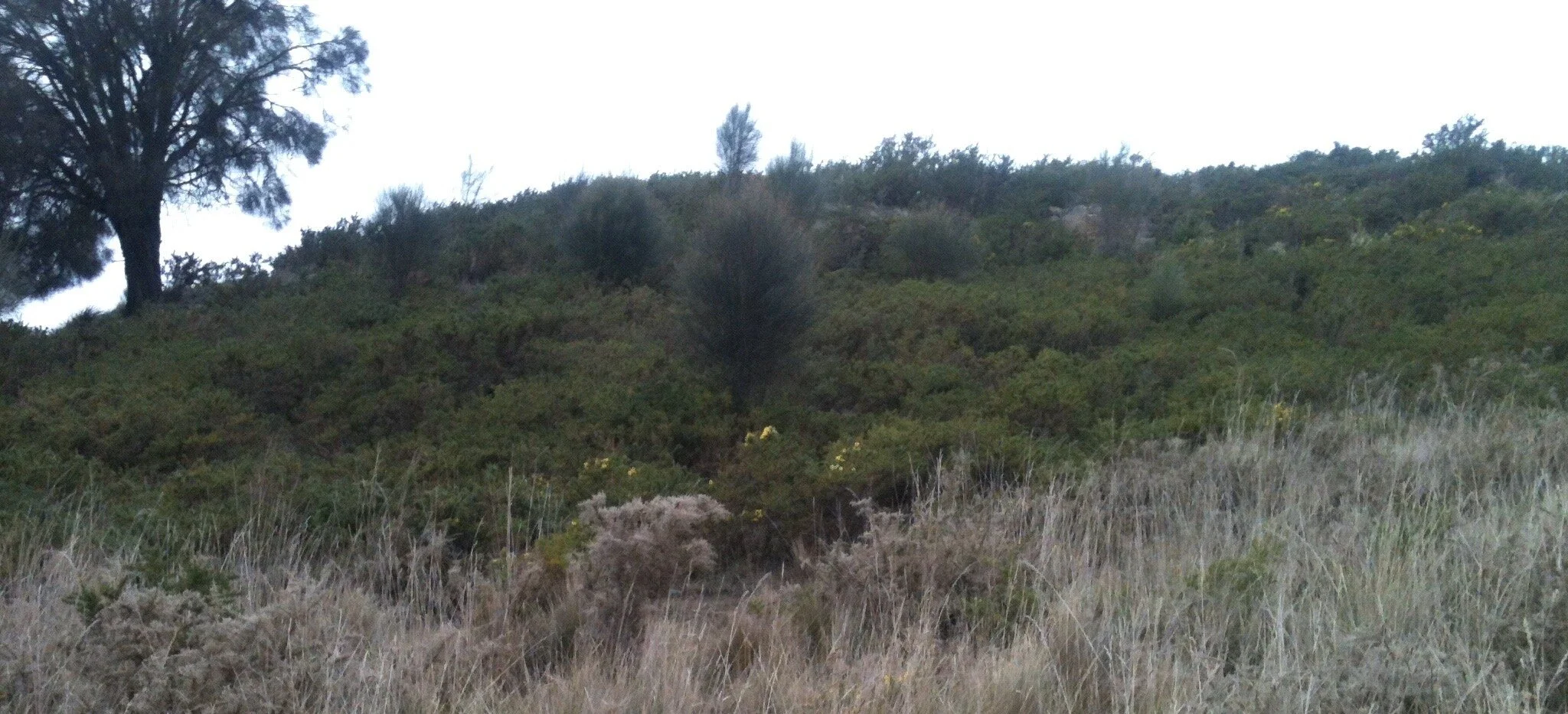Note to Yarns from the Farm readers: this is the second instalment of a series on climate change that I’m writing for our local monthly newsletter. The first article is here. In the image above, she-oak babies are busily sequestering carbon.
In the first episode of this climate change series, we met the stars of our drama: the greenhouse gases carbon dioxide, methane and others. We know the levels of these gases are increasing in the atmosphere because of the pioneering work of Charles Keeling, whose observations atop Mauna Loa on the big island of Hawai’i showed a steady increase in CO2 from the early 1950s to the present.
How do we know the source of Keeling’s extra CO2 is in fact human activity in the industrial era and not simply natural variability in atmospheric CO2?
In addition to CO2 molecules acting like miniature solar panels, absorbing and re-emitting solar heat, CO2 plays another starring role: the breath of life for plants.
Keeling’s measurements showed a pronounced daily cycle in CO2 levels which he attributed to the “daytime inhalations and nighttime exhalations” of plants. He also found a similarly strong annual cycle in CO2, which he attributed to winter/summer “breathing” of the plant biosphere.
Plants breathe in CO2 as a key element in the process of photosynthesis. Plants then store, or “sequester” carbon in their tissues and release oxygen (O2) back into the atmosphere. The oxygen exhaled by living plants is what we humans and all other animals need to exist, of course, and we in turn exhale CO2 in our respiration.
The “sequestration” of carbon in the tissues of living plants is what ultimately creates fossil fuel— coal, peat, petroleum and natural gas derived from ancient forests.
So it’s a tidy system: energy from the sun is captured by CO2 in the atmosphere, making it warm enough for plants to grow. CO2 and sunlight, along with water and chlorophyll, are the fuel for plant growth. Plants store carbon and release oxygen, which we breathe. Oh, and we get to eat the plants.
But with widespread burning of fossil fuels, we began releasing the stored carbon from millions of years of plant growth much more quickly than it is stored.
The relationship between the rise in atmospheric CO2 rise and the increase in CO2 released from burning fossil fuels does not alone prove that fossil fuels are the cause of climate change.
Here’s what does prove it: carbon isotopes—carbon atoms with differing numbers of neutrons, the uncharged particles that make up an atomic nucleus.
There are three carbon isotopes: carbon-12, carbon-13 and carbon-14. Carbon-14, which is radioactively unstable over long periods, is used to date ancient artefacts.
Unlike carbon-14, carbon-12 and carbon-13 don’t decay over time.
In the process of inhaling CO2, plants have a preference for storing carbon-12. This makes the ratio of carbon-12 to carbon-13 higher in plants and in CO2 exhaled (or burned) from plants than it is in background atmospheric CO2.
Using evidence from tree rings, corals and ice cores, scientists have established an inter-glacial time series of the carbon-12 to carbon-13 ratio, which rises dramatically (and with statistical significance) from the advent of the industrial era.
Australian Antarctic Division glaciologist, Dr Tessa Vance, examines an Antarctic ice core.
At no time in the past 10,000 years has the ratio of carbon-12 to carbon-13 in the atmosphere been as high as it is now. These two observations, taken together, are compelling evidence of causality.
So yes, human endeavour in the industrial age is the culprit in the observed rise in carbon dioxide in the atmosphere.
Next episode: All about temperature.
Link for ice core video


